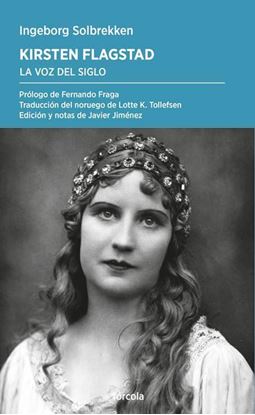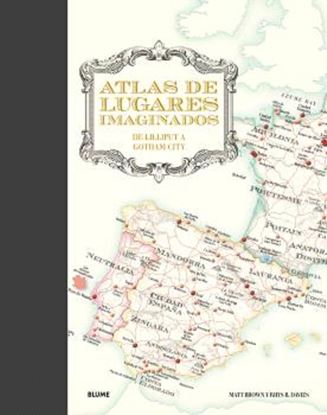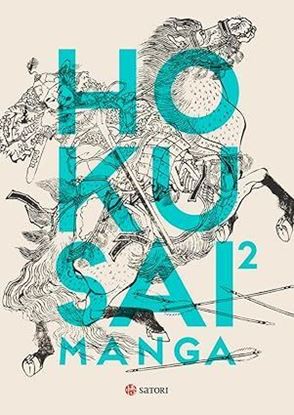

KIRSTEN FLAGSTAFF. LA VOZ DEL SIGLO
Los críticos musicales de la época describieron la voz de la soprano noruega Kirsten Flagstad como la luz del sol que incide sobre la cúspide de una montaña coronada por un glaciar. Jessye Norman la asemejó al oro líquido sobre terciopelo negro, mientras que Elisabeth Schwarzkopf percibió que tenía la dimensión de una madre cósmica que abraza el universo.
1,995
1,496
ATLAS DE LUGARES IMAGINADOS
Una impresionante recopilación de geografía y topografía ficticias, extraídas de los libros, películas y producciones televisivas favoritos del público. Un caleidoscopio de edificios inventados, pueblos, países, bosques, montañas, ríos y océanos, naufragios y ciudades sumergidas que cobra vida en estos hermosos mapas ilustrados. Descubra los paisajes legendarios de la Atlántida o El Dorado, atraviese las tundras heladas de Arendelle o dese un (rápido) chapuzón en las cálidas aguas de Amity Island. Pasee por las calles de Metropolis, Erinsborough, Walford o Springfield, y deténgase a admirar los imponentes chapiteles de Downton Abbey y Hogwarts por el camino.
1,995
1,496
HOKUSAI MANGA 2
La obra maestra de Hokusai, el artista japonés más universal. ¡Descubre la colosal obra que supone la semilla de lo que hoy conocemos como manga! Por primera vez en edición completa y comentada, presentamos en dos grandes tomos los quince volúmenes de esta obra excepcional con más de 4000 imágenes: gran variedad de personajes, figuras en movimiento, animales, peces, árboles, plantas, flores, objetos de la vida cotidiana, arquitectura, paisajes, escenas humorísticas, el mundo sobrenatural y criaturas fabulosas. El Hokusai Manga es una enciclopedia visual del Japón de su tiempo imprescindible para conocer la cultura nipona. A lo largo de esta espectacular obra del artista japonés más célebre de todos los tiempos se representa todo tipo de personajes, seres vivos, objetos e incluso fantasmas y monstruos. No hay nada que no esté aquí dibujado. El Hokusai Manga gozó de gran popularidad en Japón y su éxito se extendió también a Europa, donde causó un gran impacto en artistas como Monet, Degas, Van Gogh, Toulouse-Lautrec, entre otros, y su influencia aún se deja sentir en la actualidad.
1,995
1,496











